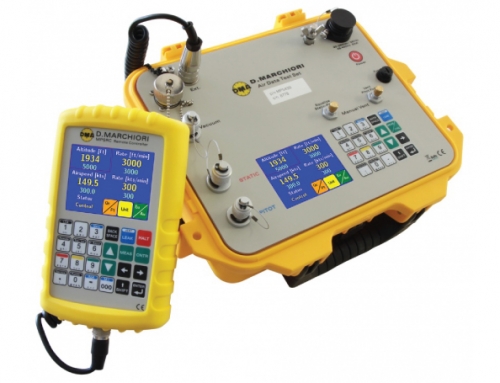


The 2nd part is the “whole comprehension” of English.Applicants then choose the word (from the choice offered) which is the closest in meaning to the sentence. The 1st part is to listen to a sentence, which is interrupted with a beep-tone.In the English section (which some air traffic control organisations do not see as important, compared with other features of the FEAST test) there are 3 sections:.Sometimes the balls return and collide again. Finally, 4 parts are simultaneously seen, and one's attention must be on all of them. Eventually the screen is divided into 2 parts, requiring concentration on 2 collisions. Reflex action test: In the so-called ball on the wall test, applicants must push a button when 2 moving objects (a ball and a line or wall) collide.In the coordinate system, many dots and planes can be seen, but the relevant ones must be found quickly.

Applicants are to estimate the distance between an aircraft and a given dot, as well as the new heading a plane must face turning to the left or to the right to get to a certain given point. The directions are depicted in a circle and are represented in degrees. For example, the dot C3 is where the lines C and 3 cross. Horizontally, lines are called A, B, C, D, and E and vertically, 1, 2, 3, 4, and 5.

Tests are administered in a standardized way, and all results are scored by computer. FEAST III – a personality questionnaire.FEAST I – a set of cognitive tests and an English language test.The FEAST test package consists of 3 modules: It is used by 44 organisations, including civil and military European Air Navigation Service Providers and certified ATC aviation training academies and universities. FEAST was designed by and made available by ( EUROCONTROL), the European Organisation for the Safety of Air Navigation. The First European Air Traffic Controller Selection Test ( FEAST) is a tool that helps Air Navigation Service Providers (ANSPs) identify the most suitable candidates for the job of air traffic controllers.


 0 kommentar(er)
0 kommentar(er)
